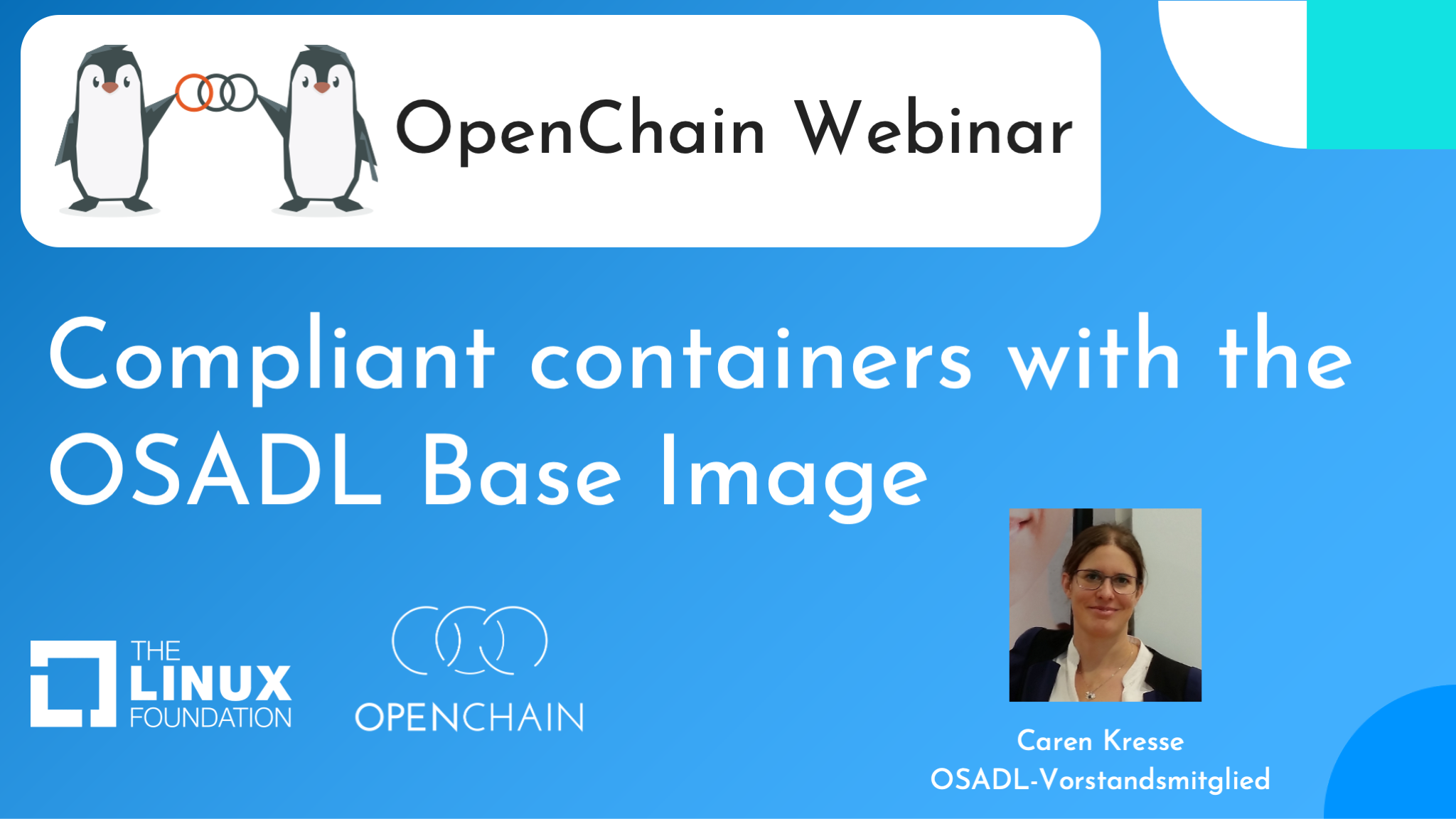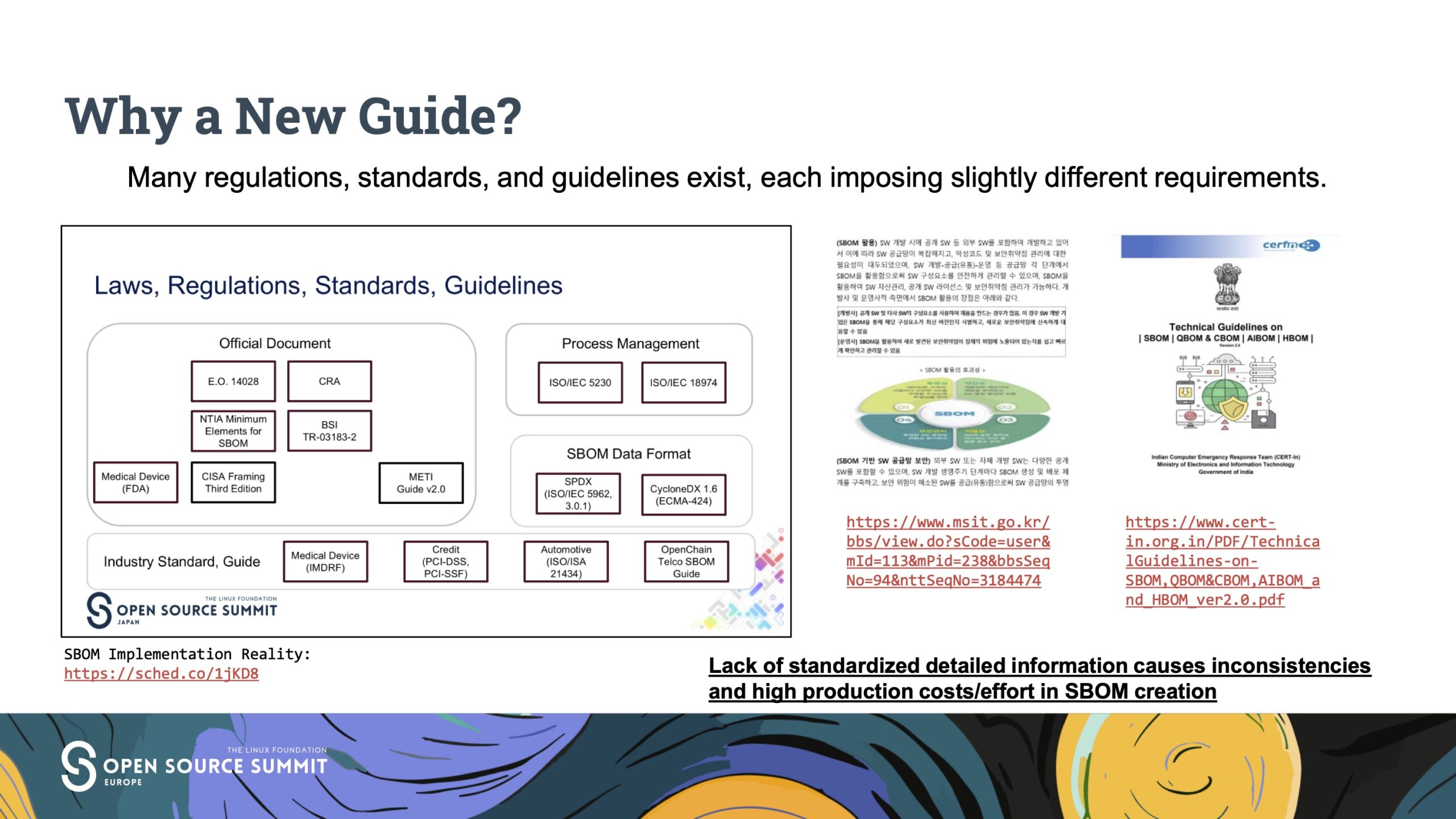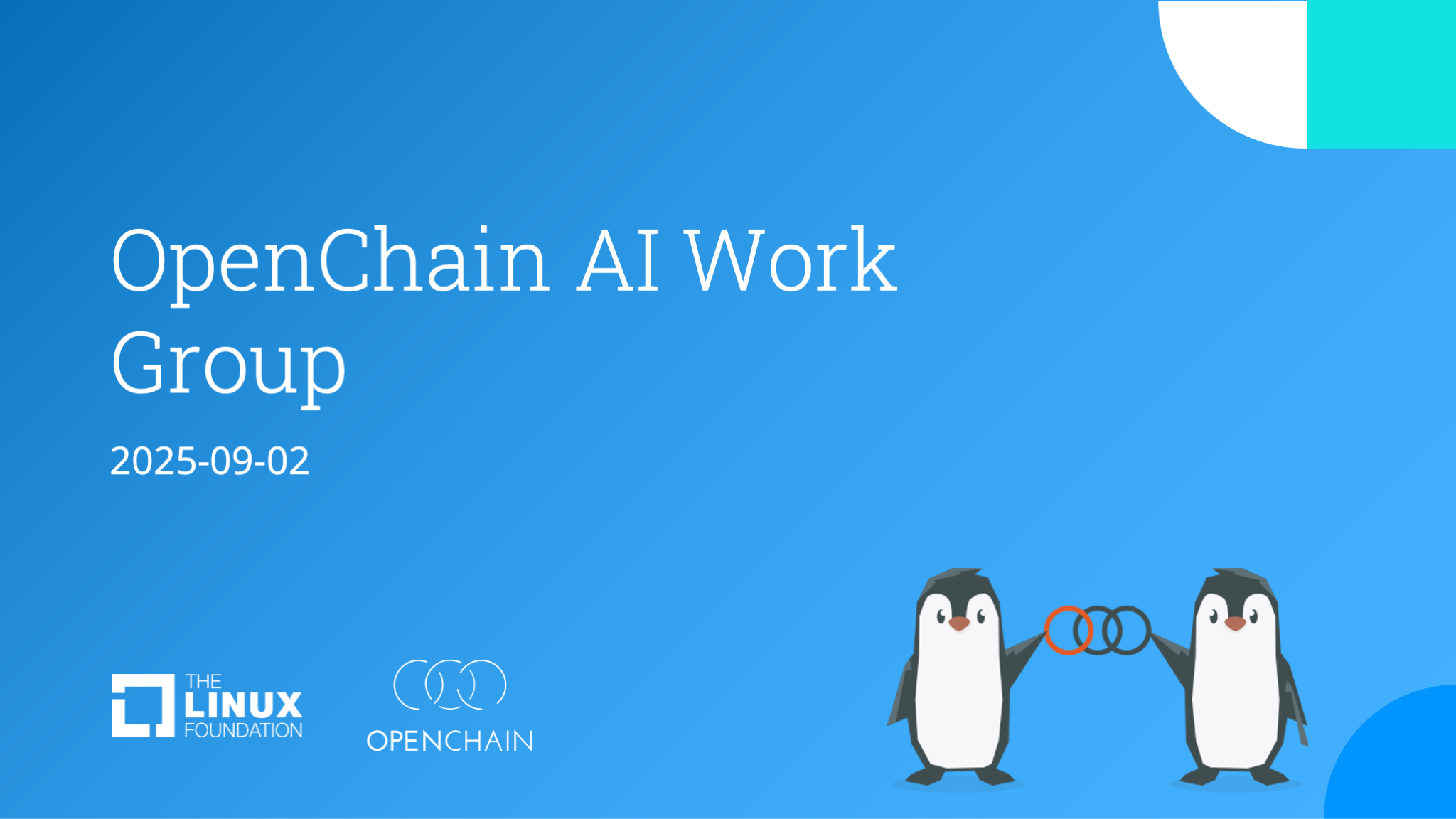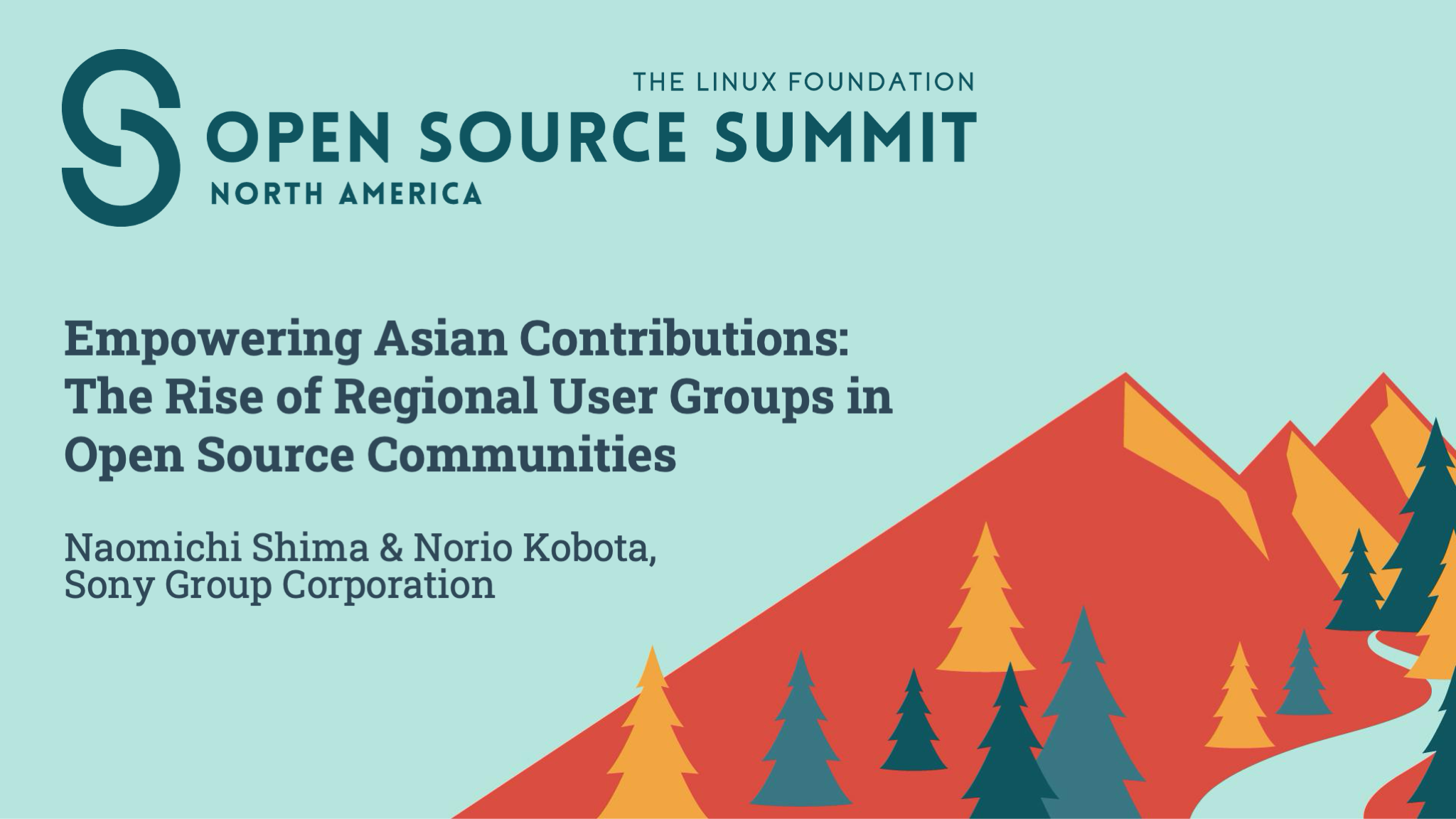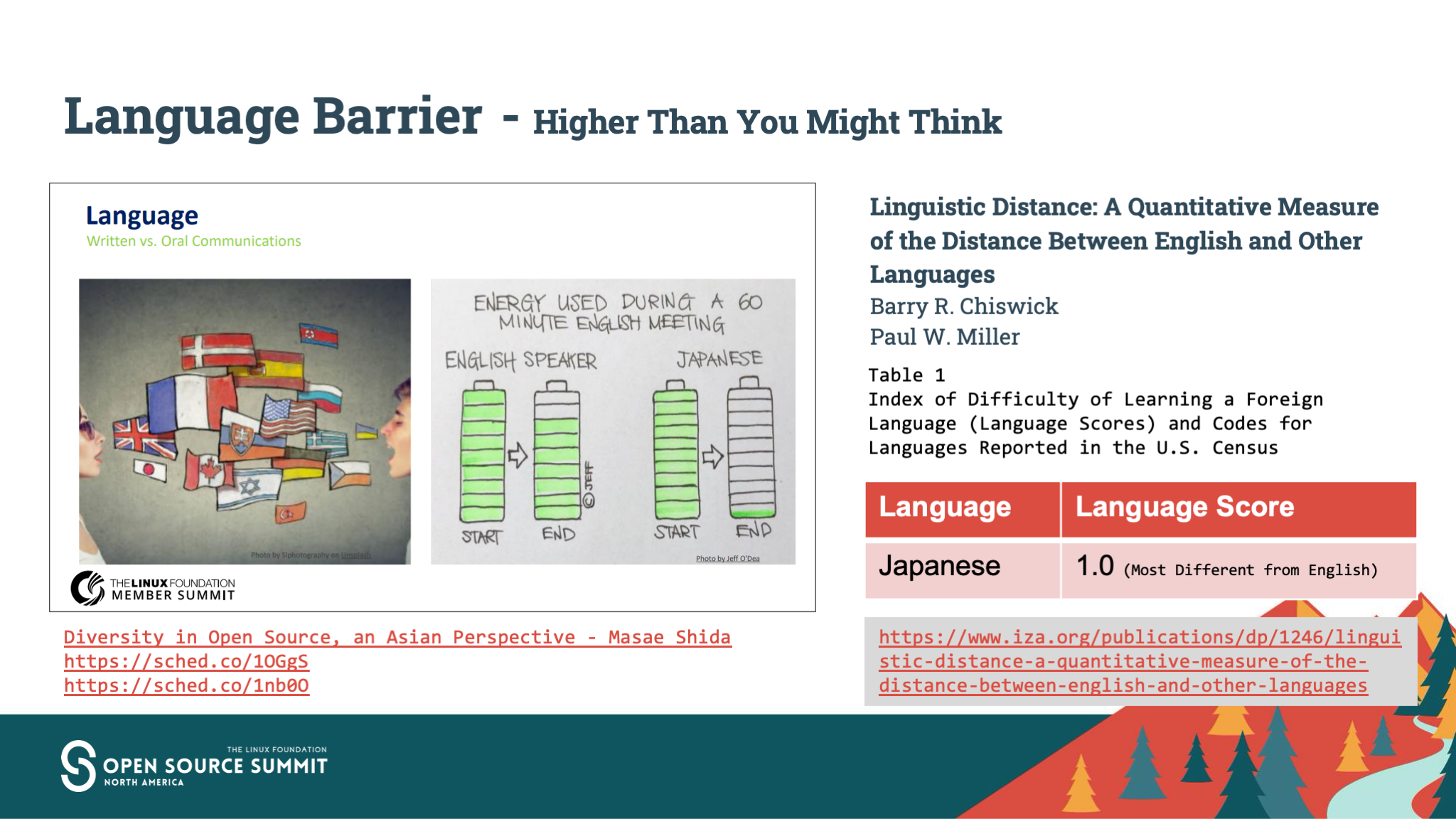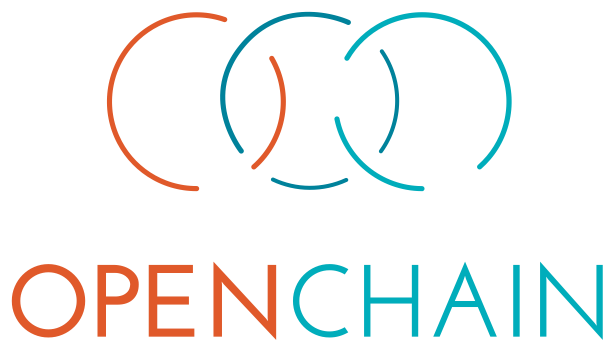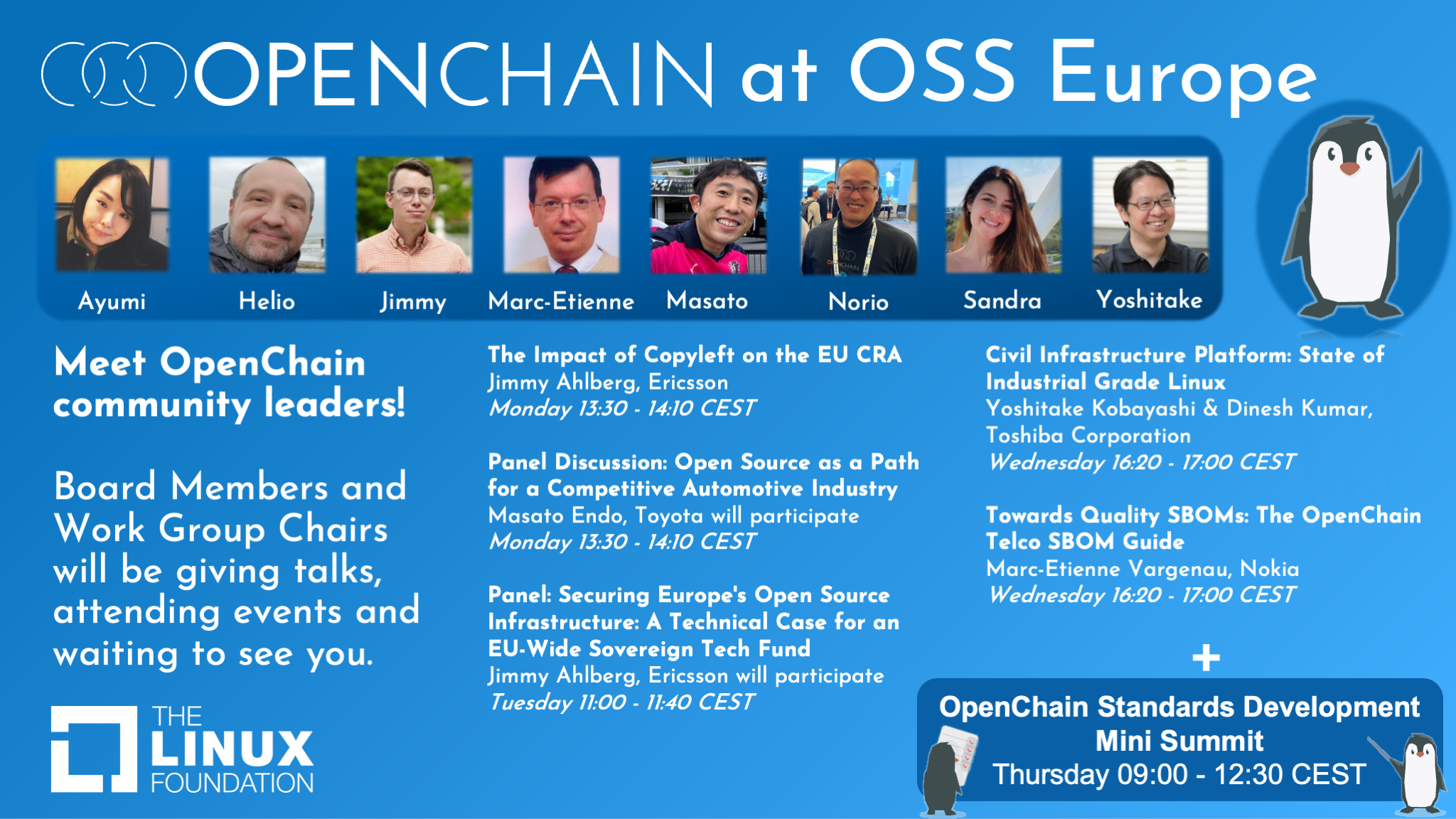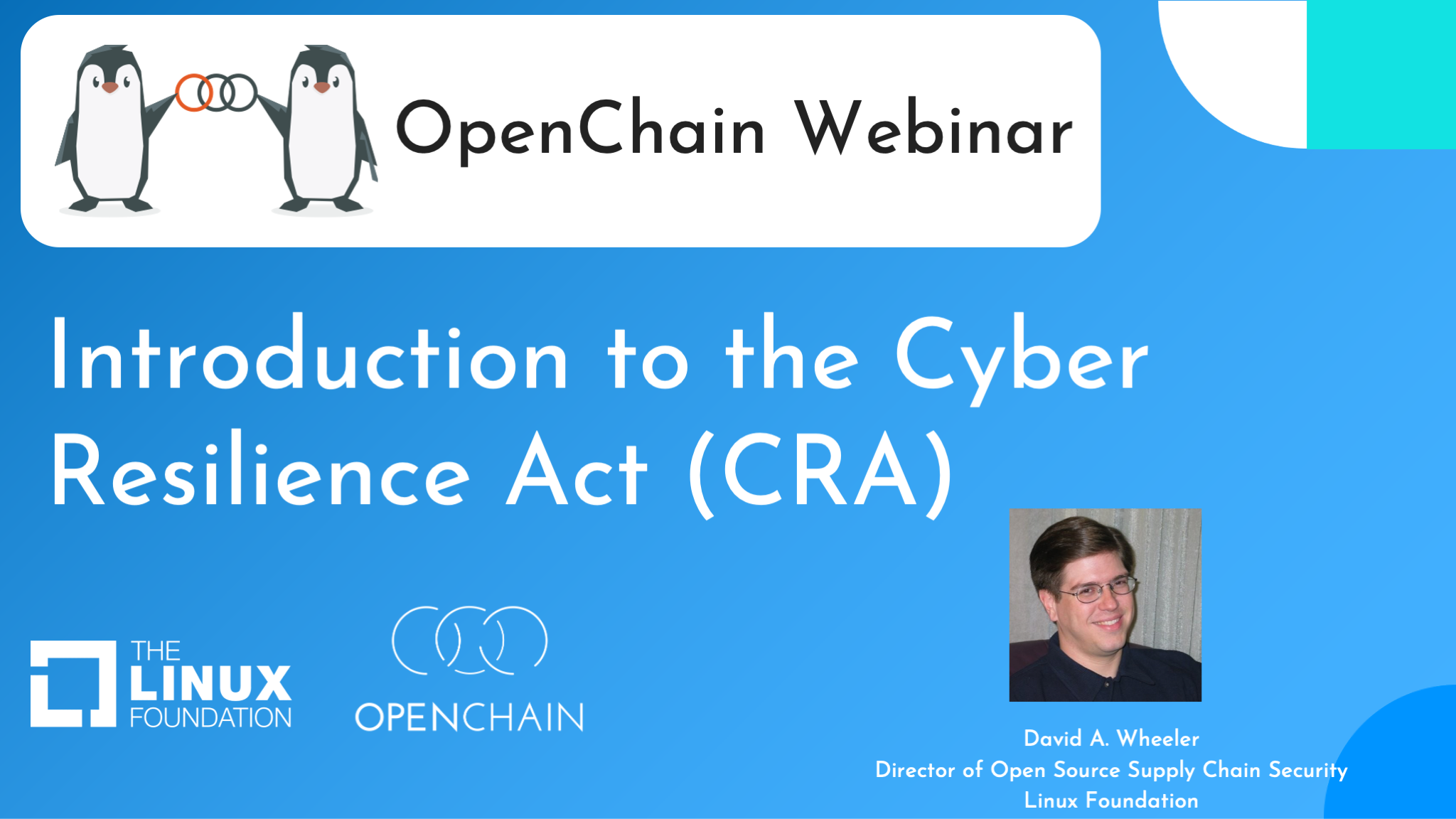
Our next webinar will be entitled ‘Introduction to the Cyber Resilience Act (CRA)’ and will be delivered by our very own David A. Wheeler, Director of Open Source Supply Chain Security at the Linux Foundation. This will be a great starting point for people getting up-to-speed around the current situation.
About This Webinar:
The European Union (EU) Cyber Resilience Act (CRA) is a new law that covers almost all “products with digital elements”, including software, released in the EU. Enforcement will begin in 2026, even on organizations who aren’t based in the EU. This presentation will briefly explain the scope and requirements of the CRA. This webinar will be lead by David A. Wheeler, Director of Open Source Supply Chain Security at the Linux Foundation.
We start at 17:00 EDT 2025-09-11. All welcome, no registration needed.
Join here at the start time:
More About Our Webinars:
This event is part of the overarching OpenChain Project Webinar Series. Our series highlights knowledge from throughout the global OpenChain eco-system. Participants are discussing approaches, processes and activities from their experience, providing a free service to increase shared knowledge in the supply chain. Our goal, as always, is to increase trust and therefore efficiency. No registration or costs involved. This is user companies producing great informative content for their peers.
